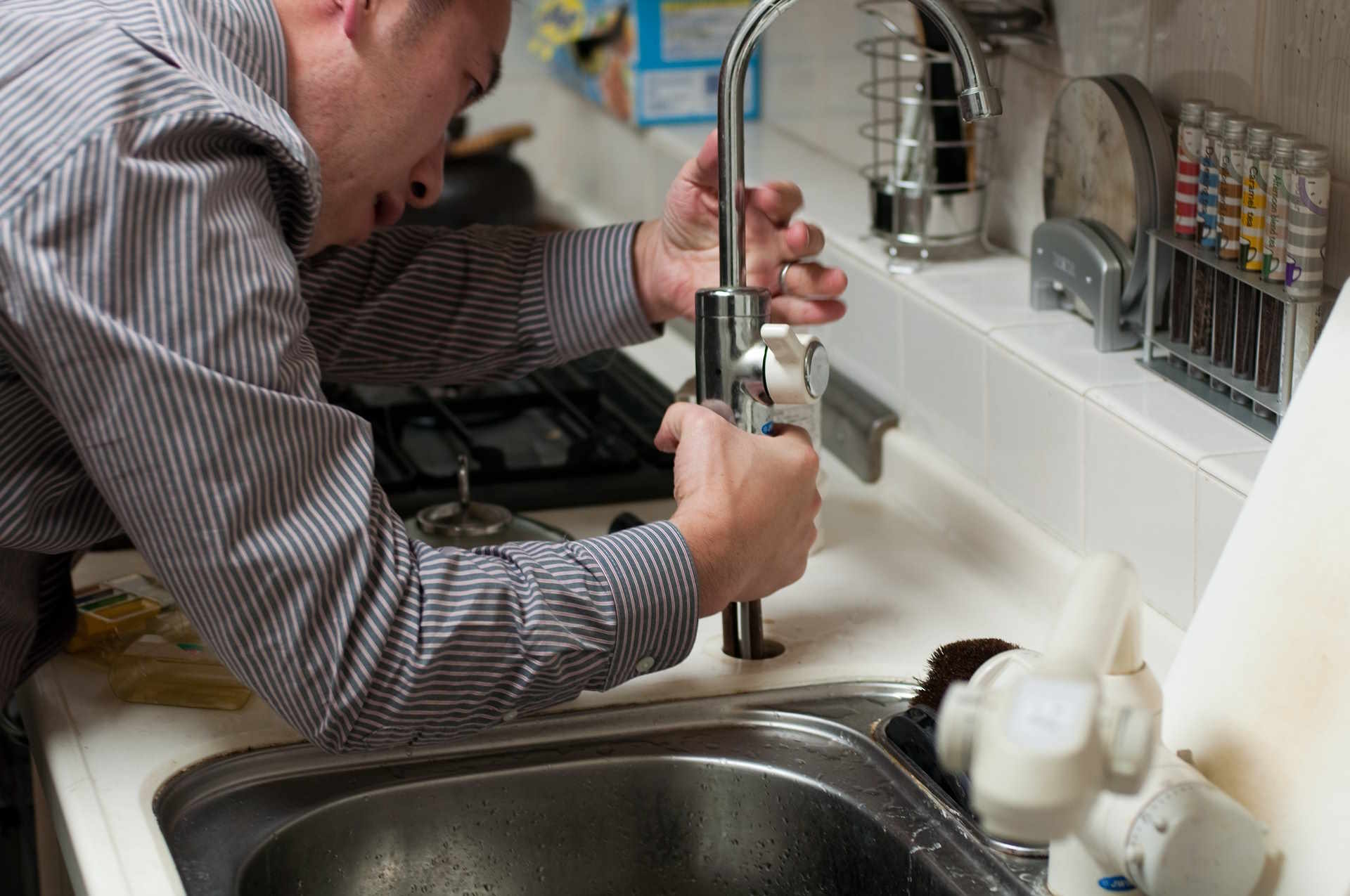Water Filtration Systems for Home Plumbing and Pipes
Clean, reliable water in a home depends on more than a single filter; it’s a system that interacts with plumbing, pipes, and household appliances. This article explains common filtration and treatment approaches, how a water conditioner differs from other options, and practical considerations for integrating systems into your home plumbing. It also lists established providers and describes the services they offer.
This article is for informational purposes only and should not be considered medical advice. Please consult a qualified healthcare professional for personalized guidance and treatment.
What is a water conditioner?
A water conditioner typically targets the minerals and qualities of water that affect scale buildup and plumbing performance. Unlike traditional softeners that exchange sodium for calcium and magnesium, some water conditioners use physical or template-assisted crystallization processes to reduce scale without adding salts. Homeowners choose conditioners to protect pipes, fixtures, and appliances from scale-related wear. When evaluating options, consider the water’s hardness level, flow requirements, ongoing maintenance, and whether the device treats other concerns such as iron or manganese.
How does water treatment protect pipes?
Water treatment can include a mix of filtration, softening, and chemical or physical conditioning to reduce corrosivity, particles, and scale that damage pipes. Sediment filters trap particulate matter that abrades pipe interiors and valves; corrosion control and pH adjustment reduce metal leaching from older plumbing; softening or conditioning reduces mineral scale that narrows pipe bores. Regular maintenance—replacing filters and monitoring system performance—helps preserve pipe integrity and maintain steady flow rates over time.
How can systems integrate with home plumbing?
Most whole-home systems install at the point where water enters the building, upstream of water heaters, appliances, and fixtures, so treated water protects plumbing and provides consistent water quality throughout the home. Point-of-use options (under-sink filters, countertop units) treat water only at specific taps. Integration needs include space for tanks or canisters, shut-off valves and bypass loops for servicing, and occasionally minor plumbing adjustments. Work with a licensed plumber or experienced installer to ensure compliance with local codes and to preserve water pressure and flow.
What should homeowners consider for home installation?
Key considerations include the water source (municipal vs well), identified contaminants, flow rate needs, physical space, and maintenance requirements. Testing your water helps define whether you need sediment filtration, carbon filtration for taste and organic chemicals, reverse osmosis for dissolved solids, or a water conditioner for hardness. Factor in filter replacement intervals, softener regeneration or salt usage (if applicable), warranties, and service availability. Proper sizing for peak flow events—showers, laundry, and dishwashing—ensures the system will meet daily household demand.
Choosing a water treatment provider in your area
Selecting a reputable provider means comparing service types, installation options, maintenance programs, and whether the company offers on-site assessments or water testing. Local services may provide tailored solutions for plumbing layouts, vintage pipes, or regional water chemistry. Ask prospective providers about their experience with residential plumbing systems, service contracts, turnaround times for filter replacements, and whether they handle permits or coordinate with licensed plumbers when needed. Clear documentation of system specifications and maintenance schedules helps maintain performance.
Before the table below there is an empty row as requested.
| Provider Name | Services Offered | Key Features/Benefits |
|---|---|---|
| Culligan | Whole-house filtration, water softeners, point-of-use systems, in-home water testing and service | Wide dealer network, professional installation and service plans |
| Aquasana | Whole-house systems, under-sink and countertop filters, shower filters | Point-of-use and whole-home options with focus on contaminant reduction |
| Kinetico | Water softeners, drinking water systems, whole-home filtration | Non-electric and electric system options, emphasis on continuous flow |
| APEC Water Systems | Under-sink reverse osmosis, whole-house filters, replacement cartridges | Specializes in RO systems and replacement components for residential use |
| RainSoft | Whole-house filtration and water conditioners, filters, service plans | Offers integrated whole-home systems with local dealer support |
| Brita | Pitcher and faucet-mounted filters, replacement cartridges | Point-of-use options for taste and chlorine reduction at taps |
After the table there is an empty row as requested.
When contacting providers, request current product specifications and any certifications relevant to the contaminants of concern. Service offerings and features vary by region and over time, so verify details directly with providers.
Conclusion
Water filtration and conditioning for a home is a system-level decision that affects plumbing longevity, water taste and clarity, and appliance life. Define your water quality goals through testing, weigh whole-home versus point-of-use approaches, and plan for maintenance and proper integration with existing pipes and plumbing. Working with experienced local services helps align a treatment solution with household needs and system constraints.







